The Berkeley-Stanford Birdathon
By Sierra Glassman
Competition has been ingrained in birding culture for a long time. Surprisingly, only one birding competition has ever occurred between Stanford and Berkeley, back in 2014. That is until this past spring, when the Bears for Birds and Stanford Birdwatching Club matched up once again.
Established two years ago, Bears for Birds is UC Berkeley’s undergraduate club for birdwatchers. This spring, we met twice a week for indoor meetings and birding excursions. Since January, an idea had been brewing to organize a Birdathon with the Stanford Birdwatching Club. After discovering Berkeley lost the last Birdathon in 2014 (covered in this article), we could not let it stand and quickly contacted the Stanford Birdwatching Club. Their leadership team was receptive, and proposed we do an “exchange program” leading up to the big day, where we would visit birding spots together near each other’s campuses.
During the first exchange, the Stanford Birdwatching Club came to Berkeley. We took them to Cesar Chavez Park and Vollmer Peak in Tilden Regional Park.The ecosystem was unbalanced, with Bears outnumbering Redwood Trees 14-3. Though we outnumbered Stanford, we couldn’t help but admire their phenomenal birding skills.
“I remember (Adam Burnett) pointed at three dots that were barely visible through binos and called out the species (Bald Eagles),” Greg Salazar, a member of Bears for Birds, said.””As they got closer I saw he was right and it was really cool for me to be with someone who was such an expert.”
After encountering a flock of White-throated Swifts and a Cooper’s Hawk we reached the peak overlooking the bay, where we took group photos.
 Stanfordians become the avians at Vollmer Peak.
Stanfordians become the avians at Vollmer Peak.
Next, we birded along the northeast edge of Cesar Chavez Park, looking for Burrowing Owls, without success. I talked with Maya Xu about recording falcons nesting on Stanford’s tower similarly to the Berkeley Campanile falcons (she was interviewed about the Hoover Tower falcons here). Before we knew it, the sun was setting, and we sat cross-legged on the fake grass next to the parking lot, eating pizza and sharing our favorite parts of the day.
 Black Turnstone at Cesar Chavez Park. Photo Credit: Zihan Wei
Black Turnstone at Cesar Chavez Park. Photo Credit: Zihan Wei
A month later, it was the Bears’ turn to enter enemy territory. We joined Stanford at the Palo Alto Baylands, where we immediately sighted an elusive Ridgeway’s Rail. The marsh was teeming with bird life. Sparrows sang from the bushes and peeps ran across the mud.…

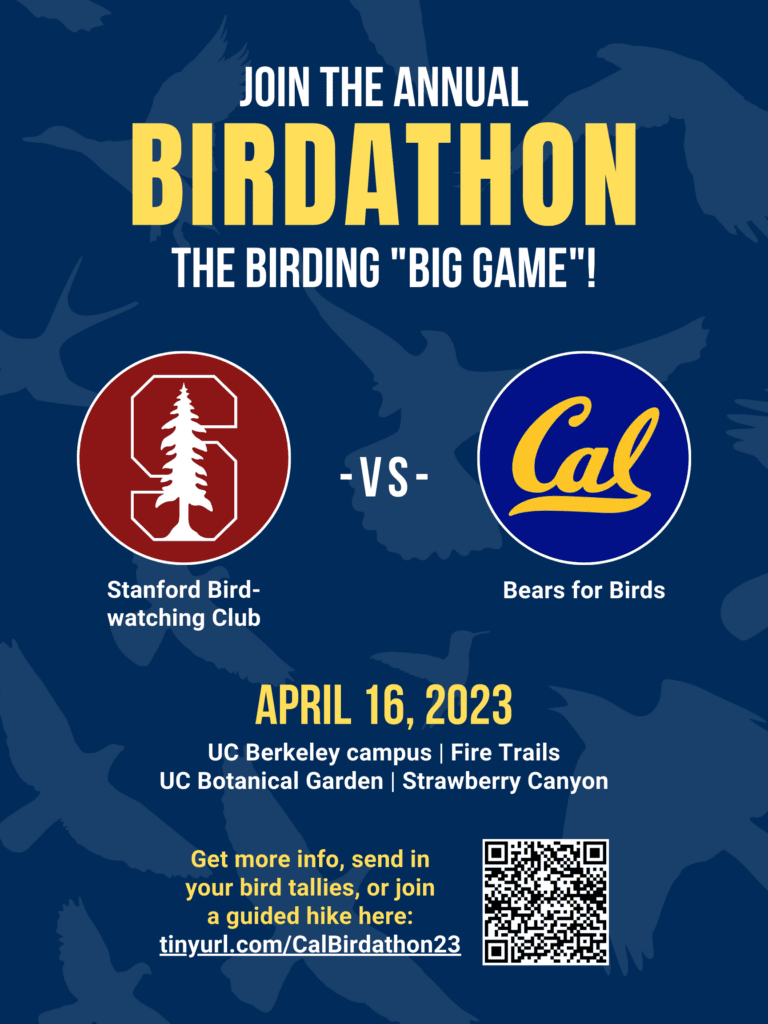

 As usual, Sara noticed it first: the freckle in this White-tailed Kite’s right eye. Photo: Sara Sato
As usual, Sara noticed it first: the freckle in this White-tailed Kite’s right eye. Photo: Sara Sato
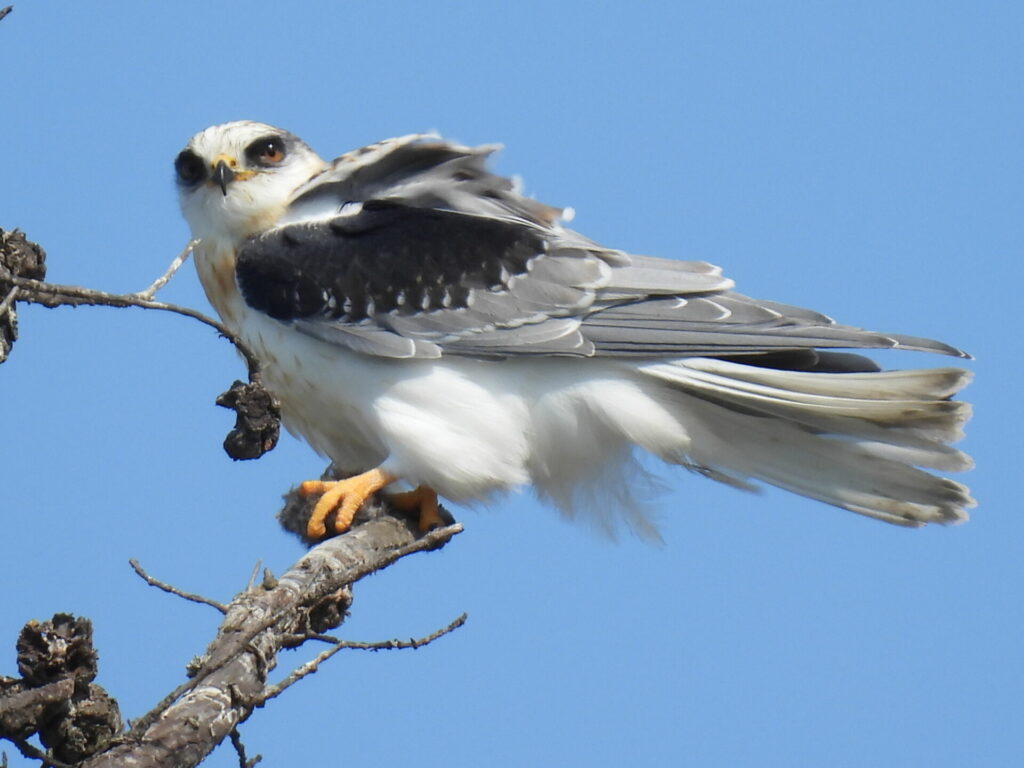 As usual, Sara noticed it first: the freckle in this White-tailed Kite’s right eye. Photo: Sara Sato
As usual, Sara noticed it first: the freckle in this White-tailed Kite’s right eye. Photo: Sara Sato
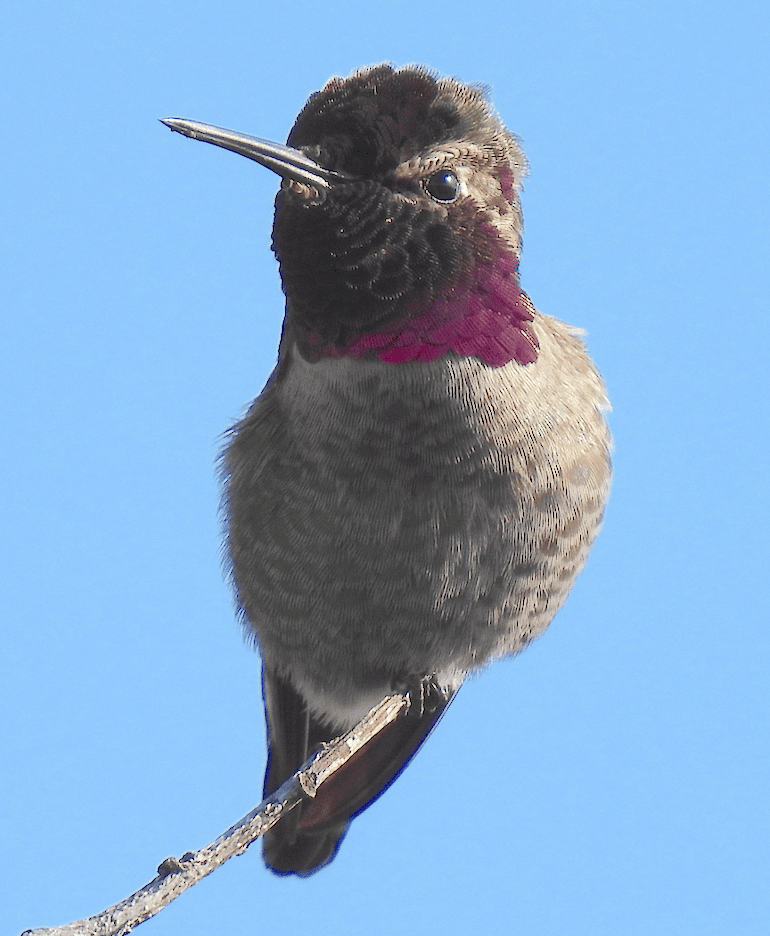 The iridescent patch on the throat of Anna’s hummingbirds is called a gorget, maybe because it’s gorgets — er, gorgeous. (I’ll show myself out now.) Photo: Sara Sato
The iridescent patch on the throat of Anna’s hummingbirds is called a gorget, maybe because it’s gorgets — er, gorgeous. (I’ll show myself out now.) Photo: Sara Sato
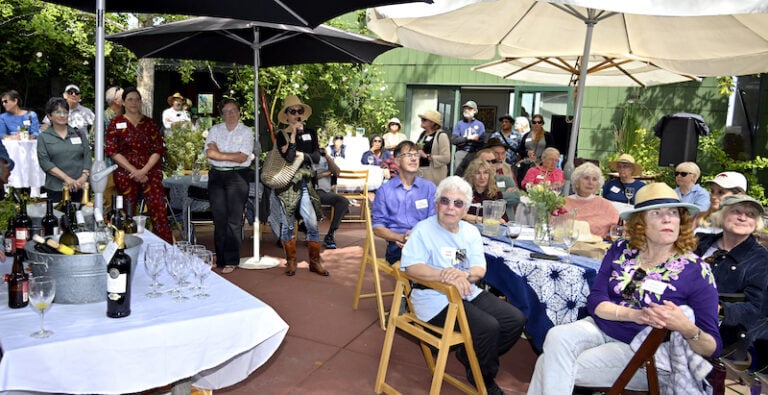
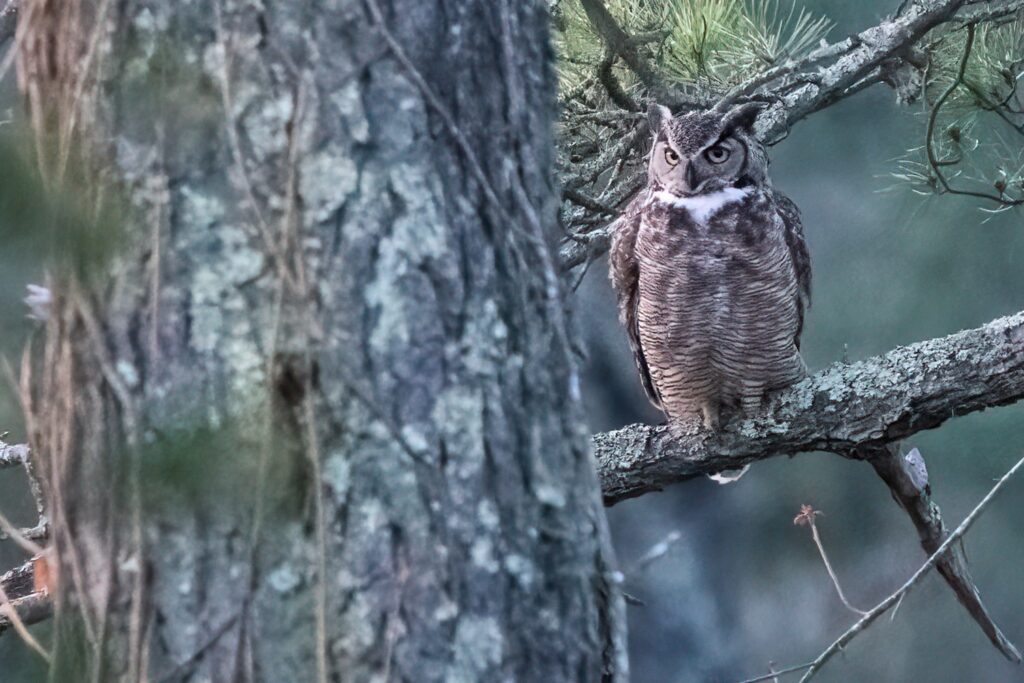 Great Horned Owl photographed during the Bay Birding Challenge, part of Birdathon 2023. Photo: Tara McIntire
Great Horned Owl photographed during the Bay Birding Challenge, part of Birdathon 2023. Photo: Tara McIntire
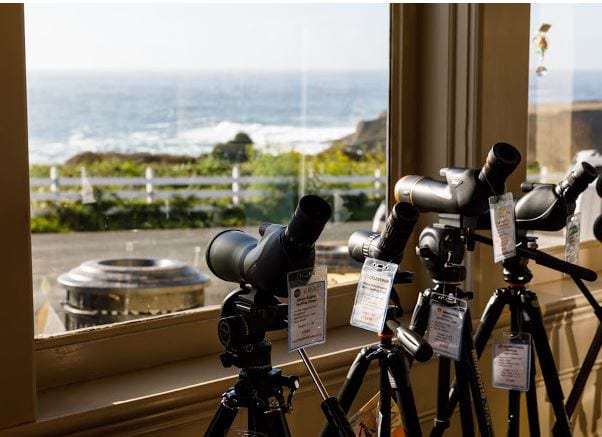
 Marilyn Rose and James Blackstock
Marilyn Rose and James Blackstock
 Out of this World
Out of this World
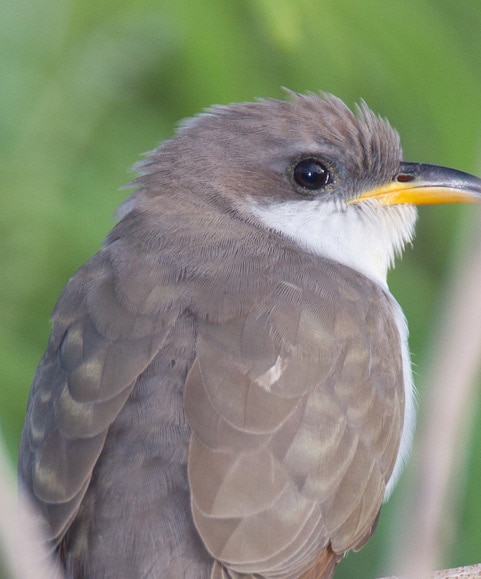
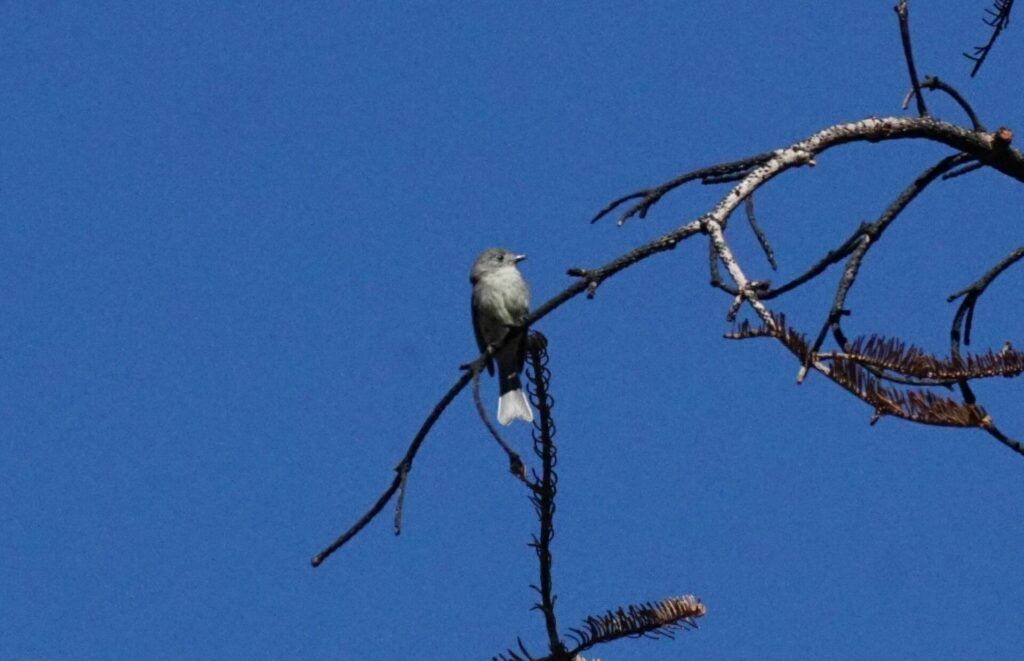 Hammonds Dusky Flycatcher by Andersen Yun
Hammonds Dusky Flycatcher by Andersen Yun
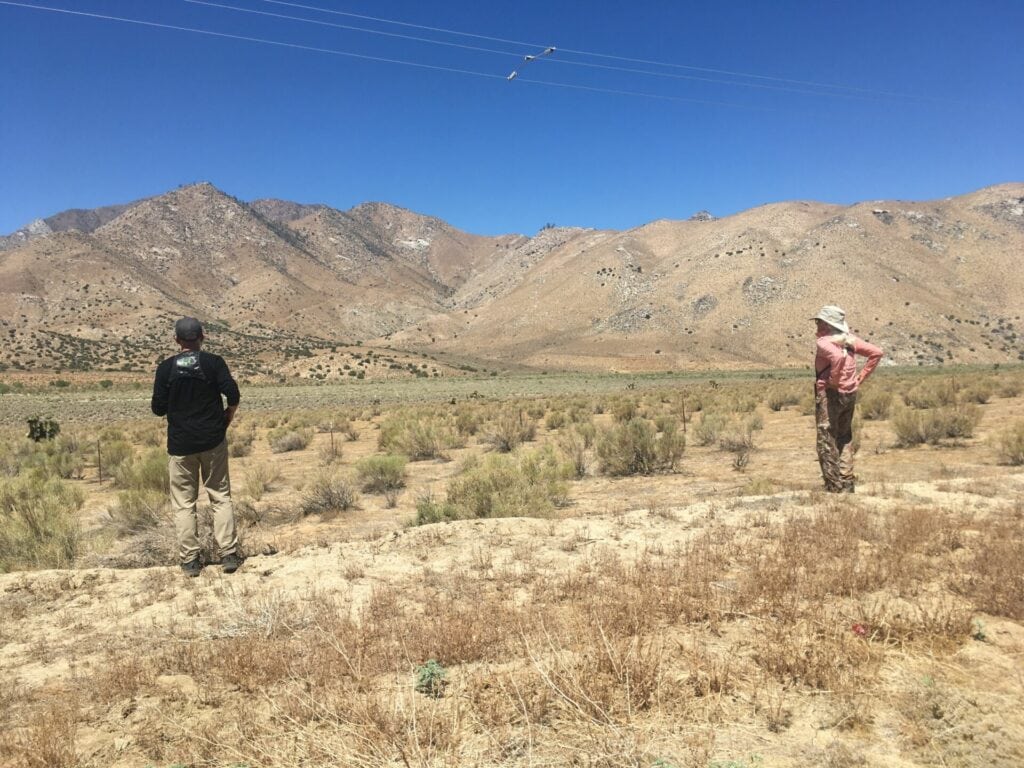 Mojave Desert – Brandy Ford
Mojave Desert – Brandy Ford